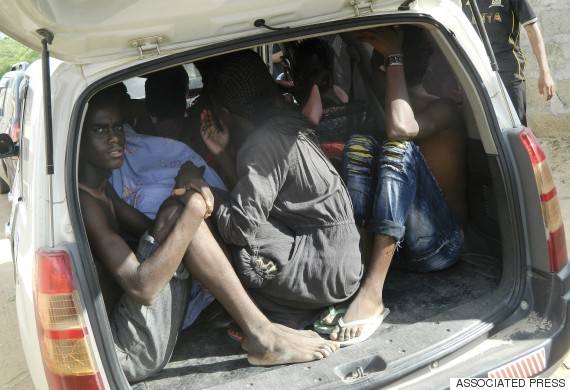In an attack bearing stark similarities to the Army Public School massacre in Peshawar on 16th December 2014, militants stormed the Garissa University in Kenya on Thursday; leaving 147 dead and 79 injured. Once again a ‘soft target’ was attacked, an educational institute, where hundreds of students are present in close vicinity; and the psychological impact is the greatest. The gruesome attack drives home the fallings of the Kenyan and Somali state institutions, and is a sharp reminder that the struggle against radical groups extends far beyond the well known battlefields of Middle East and the urban landscapes of the West. Here, in the vast open spaces of Africa, extremism is just as prevalent, and since the state is usually on par with the terrorist groups in terms of power, the results are deadlier.
The attack has been claimed by Al-Shabab, a local Somali radical group that is affiliated with Al-Qaeda and dominates large parts of rural Somalia. Kenya, which has been in the group’s crosshair since it sent soldiers into Somalia in a bid to secure the border, has been targeted by the group before, the most notable of which has been the attack at the Westgate shopping centre in 2013. In both these high profile attacks, the Kenyan security forces have been found wanting. In Westgate, the police and the military refused to cooperate with each other, leading to a botched rescue operation and in Garissa, only two security guards were provided to the university – which is located only a short distance away from the Somali border and has been targeted before. These incidents show that international aid, which flows in as a outpouring of sympathy after such high profile incidents – like it did in Baga, Nigeria – does very little apart from providing temporary relief to the victims. The international community needs to help build up the shambolic security forces in several African states; train them, equip them, discipline them and help them construct proper security protocols. If the west spent half the resources it spends arming rebel groups in the Middle East on improving African state institutions, then numerous tragedies like Garissa could have been avoided.
The attack also shows the changing nature of international jihad. The ISIS – Al-Qaeda schism has sparked a race of sorts between smaller groups; all vying to stage the most spectacular attack in a bid to secure patronage from the larger groups, just to stay relevant. Children, students, schools and tourist spots are increasingly targeted – as opposed to state or military installations – the objective is to cause maximum emotional truma instead of physical damage. As global terrorism evolves, so must the security forces.
Saturday, April 20, 2024
Garissa University Attack

Pak economy improving, funds will be provided on request: IMF
9:57 PM | April 19, 2024
Minister advocates for IT growth with public-private collaboration
9:57 PM | April 19, 2024
Judges' letter: IHC seeks suggestions from all judges
9:55 PM | April 19, 2024
Formula 1 returns to China for Round 5
9:05 PM | April 19, 2024
Germany head coach Julian Nagelsmann extends contract till 2026 World Cup
9:00 PM | April 19, 2024
A Tense Neighbourhood
April 19, 2024
Dubai Underwater
April 19, 2024
X Debate Continues
April 19, 2024
Hepatitis Challenge
April 18, 2024
IMF Predictions
April 18, 2024
Kite tragedy
April 19, 2024
Discipline dilemma
April 19, 2024
Urgent plea
April 19, 2024
Justice denied
April 18, 2024
AI dilemmas unveiled
April 18, 2024
ePaper - Nawaiwaqt
Advertisement
Nawaiwaqt Group | Copyright © 2024





